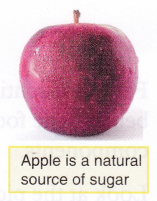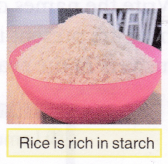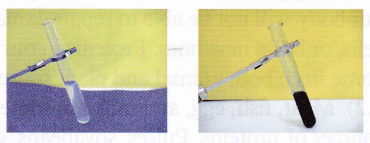Different Types Of Carbohydrates
Carbohydrates provide energy to your body, which keeps it going throughout the day. There are two major types of carbohydrates in food: sugar and starch.
Sugars: Sugar is also called simple carbohydrate. Fruits, honey, and table sugar are some sources of sugar.
 Starch: Starch is also called complex carbohydrate. Plants store energy in the form of starch. Rice, wheat, corn, potato, and bread are some sources of starch. When we eat plant products, containing sugar and starch, our digestive system breaks them down into glucose. This glucose, which is the simplest form of sugar is then absorbed into the blood and provides us energy.
Starch: Starch is also called complex carbohydrate. Plants store energy in the form of starch. Rice, wheat, corn, potato, and bread are some sources of starch. When we eat plant products, containing sugar and starch, our digestive system breaks them down into glucose. This glucose, which is the simplest form of sugar is then absorbed into the blood and provides us energy.

Activity
Aim: To test the presence of sugar in a food item.
Materials needed: Food sample, Benedict’s solution, test tube, and Bunsen burner.
Method:
- Crush a small amount of the food sample (if solid) and put it in the test tube.
- Add some water to the test tube and shake it.
- Add a few drops of Benedict’s solution to the test tube. Heat it for about 1 minute.

Observation: Depending on the amount of sugar present, Benedict’s solution (which is blue) turns green (low sugar content), yellow (medium sugar content), or brick-red (high sugar content).
Conclusion: Change in the colour of Benedict’s solution confirms the presence of sugar.
Activity
Aim: To test the presence of starch in a food item.
Materials needed: Food sample, dilute iodine solution, test tube, and Bunsen burner.
Method:
- Crush a small amount of the food sample (if solid) and put it in the test tube.
- Add some water to the test tube and shake it.
- Next, heat the test tube for about 1 minute. After the test tube has cooled down, add a few drops of dilute iodine solution to it.

Observation: The food sample turns bluish-black.
Conclusion: Change in the colour of food sample to bluish-black confirms the presence of
starch.